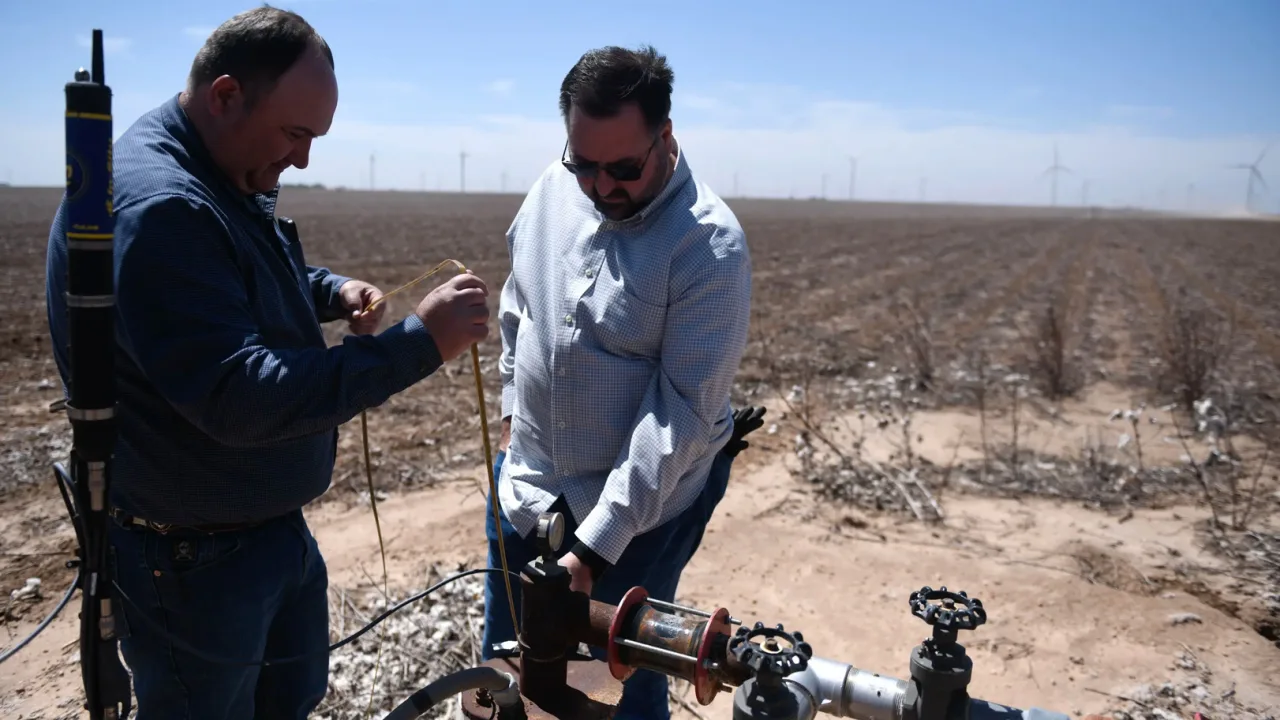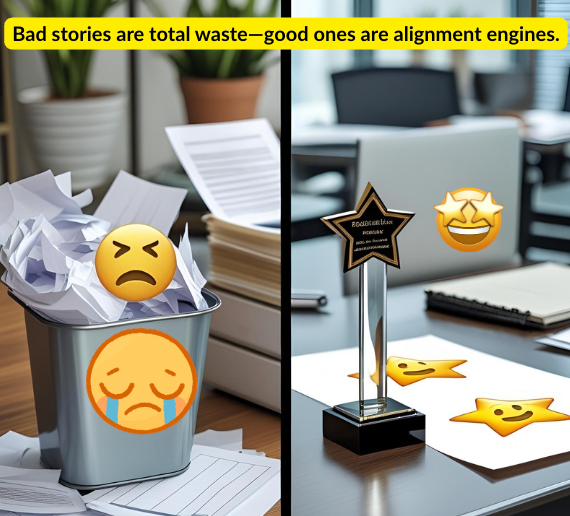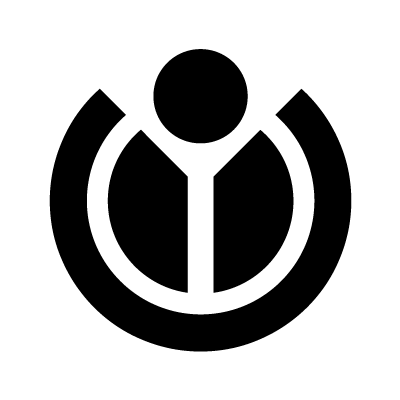Understanding the 10KW Three-Phase Inverter: A Comprehensive Guide
10KW Three-Phase Inverter

In the rapidly evolving world of renewable energy and industrial power systems, the role of inverters is becoming increasingly vital. Among these, the 10KW three-phase inverter stands out as a versatile and powerful device designed to efficiently convert direct current (DC) into alternating current (AC) across three phases. This technology is widely used in various applications, from solar power installations to industrial motor drives. In this article, we’ll explore what a 10KW three-phase inverter is, how it works, its applications, and key factors to consider when choosing one.
What is a 10KW Three-Phase Inverter?
A 10KW three-phase inverter is an electronic device capable of converting 10 kilowatts of DC electrical power into AC power distributed across three phases. The term “three-phase” refers to a system where three AC waves, each 120 degrees out of phase with each other, provide a steady and reliable power output. This configuration is commonly used in industrial and commercial settings due to its efficiency in power transmission and load balancing.
Basic Components and Working Principle
At its core, the inverter contains power electronic components such as Insulated Gate Bipolar Transistors (IGBTs), Metal-Oxide-Semiconductor Field-Effect Transistors (MOSFETs), or other switching devices. These switches rapidly turn on and off, modulating the DC input voltage and shaping it into a three-phase AC output. The inverter typically includes a control circuit or microcontroller to ensure precise timing and wave shape, often producing a sinusoidal output that is compatible with standard electrical equipment.
Advantages of Using a 10KW Three-Phase Inverter
1. Higher Efficiency and Power Quality
Three-phase inverters generally provide higher efficiency compared to single-phase inverters, especially at higher power ratings like 10KW. This efficiency stems from the balanced load and smoother power delivery that reduces losses in power conversion and distribution.
2. Better Load Balancing
In industrial environments, loads are often distributed across three phases to maintain balance and reduce the risk of overloading any single phase. A three-phase inverter ensures that power delivery is even, which enhances equipment longevity and operational reliability.
3. Compact Size and Scalability
Modern 10KW three-phase inverters are designed to be compact and scalable. They can be integrated into larger power systems by connecting multiple units in parallel or series, offering flexibility for growing power demands.
Common Applications of 10KW Three-Phase Inverters
Renewable Energy Systems
One of the most popular uses of 10KW three-phase inverters is in solar photovoltaic (PV) systems. Solar panels generate DC power, which must be converted into AC to be used by home appliances or fed into the electrical grid. The three-phase inverter helps large-scale solar installations supply power efficiently and safely.
Industrial Motor Drives
In manufacturing and processing plants, many machines operate on three-phase AC power. The 10KW inverter is used to drive electric motors, controlling their speed and torque with high precision. This capability improves energy efficiency and process control.
Uninterruptible Power Supplies (UPS)
Three-phase inverters form a critical component of industrial UPS systems, ensuring continuous power supply during outages by converting stored DC battery power back to stable three-phase AC power.
Grid-Tied Systems
In grid-tied renewable energy systems, three-phase inverters synchronize the solar power output with the utility grid, allowing excess power to be fed back to the grid. This helps reduce energy costs and promotes sustainable energy use.
Key Features to Consider When Choosing a 10KW Three-Phase Inverter
1. Efficiency Rating
Look for inverters with high conversion efficiency, typically above 95%. Higher efficiency means less energy loss during the DC to AC conversion process, leading to better overall system performance.
2. Output Waveform Quality
Pure sine wave output is preferred for sensitive equipment and grid compatibility. Some inverters may produce modified sine waves, which can cause noise or damage to certain devices.
3. Protection Mechanisms
Good inverters come equipped with protective features such as overvoltage protection, short-circuit protection, overheating safeguards, and anti-islanding functions to ensure safe operation.
4. Communication and Monitoring
Advanced 10KW three-phase inverters often include communication ports (e.g., RS485, Wi-Fi) for remote monitoring and control. This feature is particularly useful for large-scale renewable energy systems where real-time data tracking is essential.
5. Compliance and Certification
Ensure that the inverter meets relevant industry standards and certifications (such as IEC, UL, or IEEE) to guarantee safety, reliability, and grid compatibility.
Installation and Maintenance Tips
Proper installation is crucial to maximize the performance and lifespan of a 10KW three-phase inverter. It should be installed in a cool, dry, and well-ventilated environment away from direct sunlight or corrosive elements. Regular maintenance includes cleaning dust from cooling fans and heat sinks, checking for loose connections, and updating firmware if applicable.
Challenges and Considerations
While 10KW three-phase inverters offer many benefits, some challenges must be considered:
-
Initial Cost: Higher power rating inverters generally come with a higher upfront cost, though this is often offset by long-term energy savings.
-
Complexity: Three-phase systems are inherently more complex than single-phase ones, requiring skilled installation and maintenance.
-
Harmonics: Improperly designed or installed inverters can introduce electrical noise (harmonics) into the system, which may affect sensitive equipment.
Future Trends in 10KW Three-Phase Inverters
The inverter market is evolving rapidly with advancements in semiconductor technology, digital controls, and artificial intelligence. Future 10KW three-phase inverters are expected to become even more efficient, compact, and intelligent. Features like predictive maintenance, enhanced grid support functions, and integration with smart energy management systems will make these devices smarter and more reliable.
Conclusion
The 10KW three-phase inverter is a critical component in modern power systems, especially in renewable energy and industrial applications. Its ability to efficiently convert DC power into balanced three-phase AC power makes it indispensable for large-scale energy systems. When selecting a 10KW three-phase inverter, it is important to consider efficiency, waveform quality, protection features, and compliance with standards. With proper installation and maintenance, these inverters can deliver reliable, high-quality power for many years, supporting the transition towards cleaner and more efficient energy systems.
































































































































































